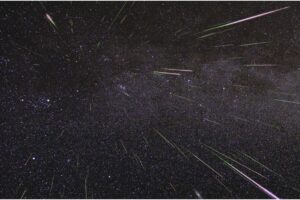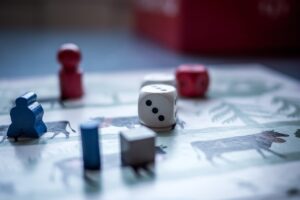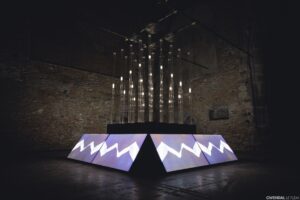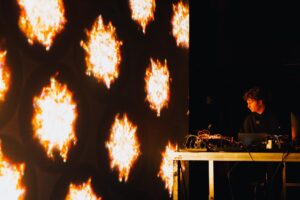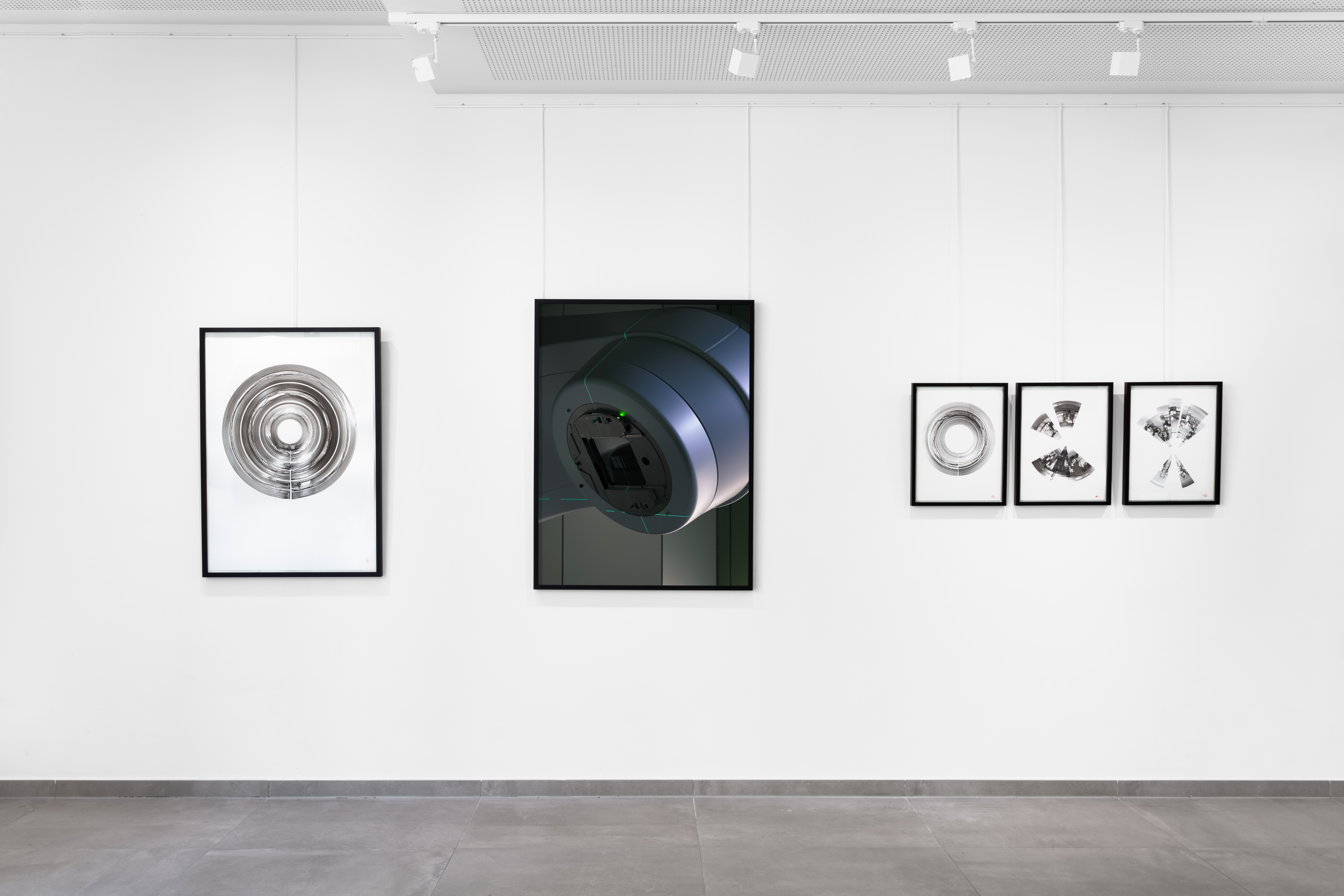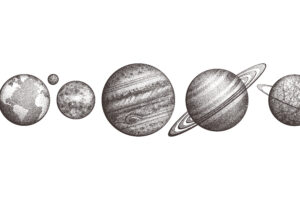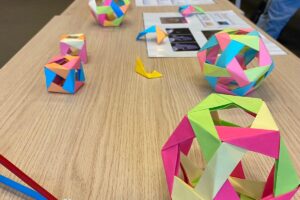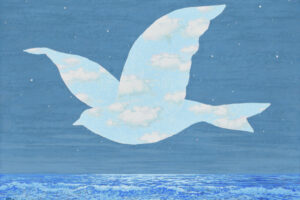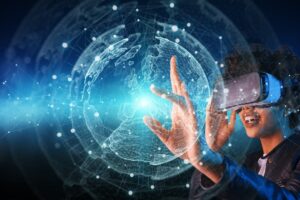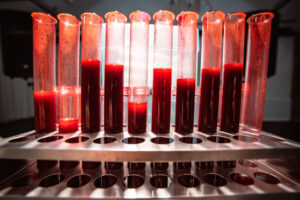Claire Williams delves into the cosmos, occult sciences, electromagnetic waves, and the influence of this hidden world on the human body and psyche. In Meteors – Radio Echos, the public is invited to listen to “meteor echoes,” an electroacoustic phenomenon triggered by a celestial body entering Earth’s atmosphere. As meteors speed through the upper layers of the atmosphere, they collide with air molecules, sparking a process of ionization that creates a luminous trail. Like a mirror reflecting light back to its source, these ionized trails send radio waves back toward the transmitters, producing what we call “meteor echoes.”
For this installation, the artist has placed transducers—small vibrating speakers—on the windows of the CC Brueghel entrance hall. These transducers are directly connected to the antenna of Livemeteors.com, an amateur platform dedicated to listening to cosmic phenomena, amplifying the electromagnetic disturbances caused by meteor echoes. By leaning in close to the glass, visitors can hear an intermittent melody of whistles, clicks, crackles, and other enigmatic electromagnetic sounds.
